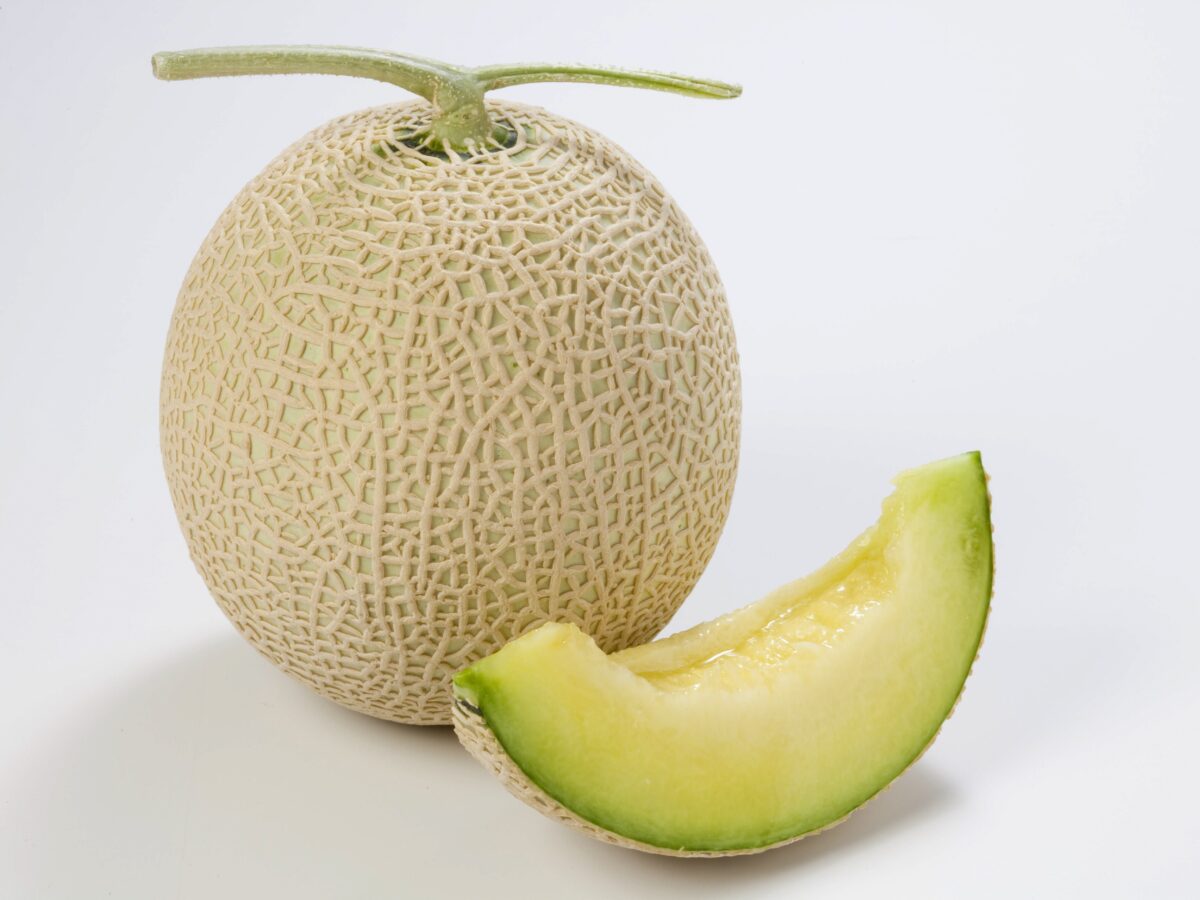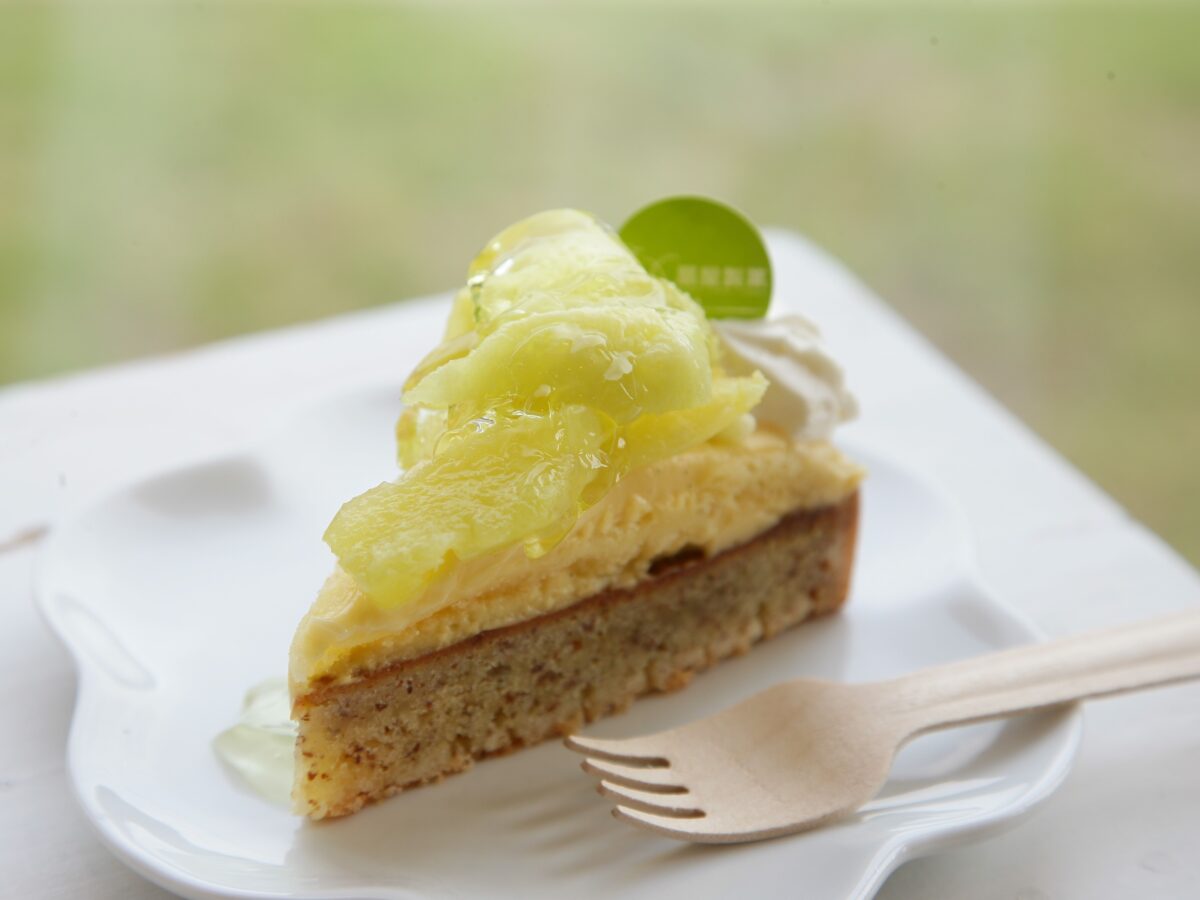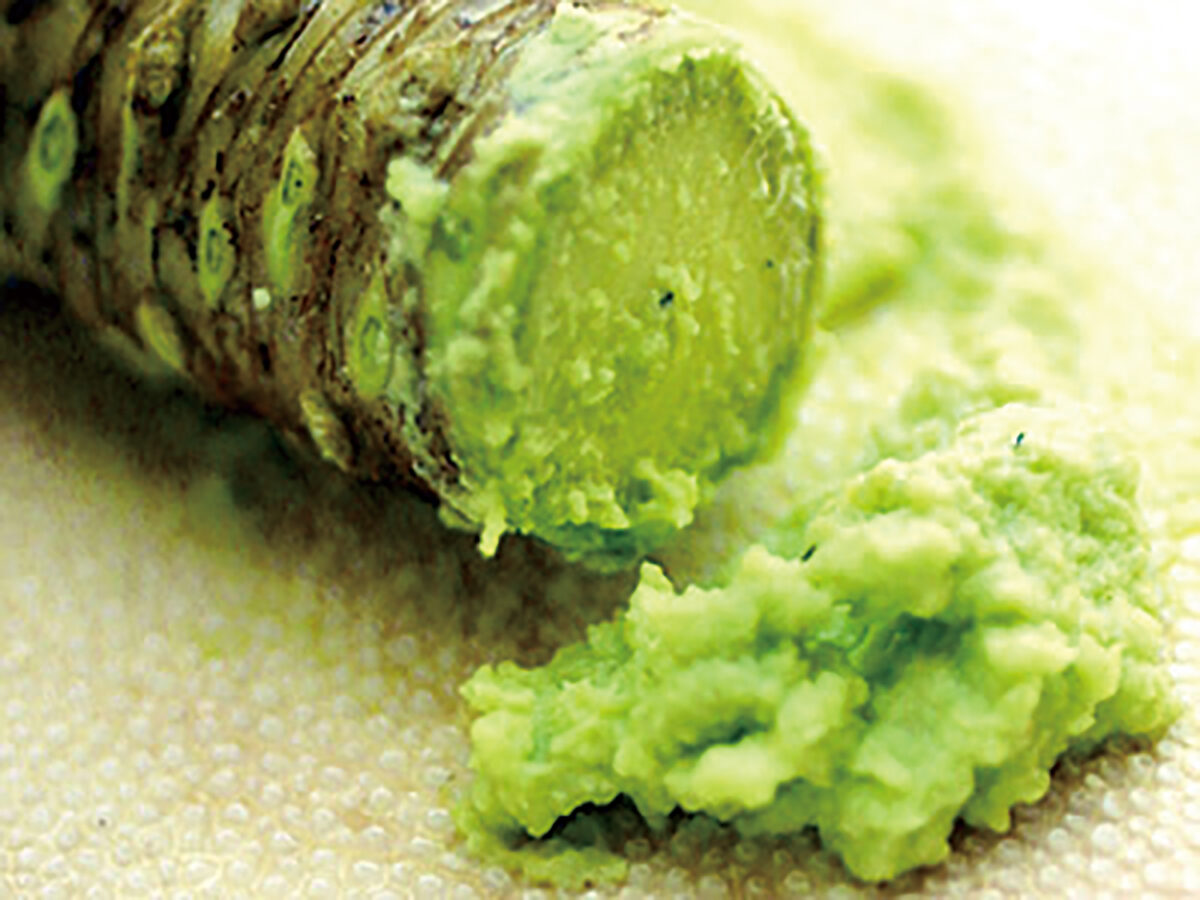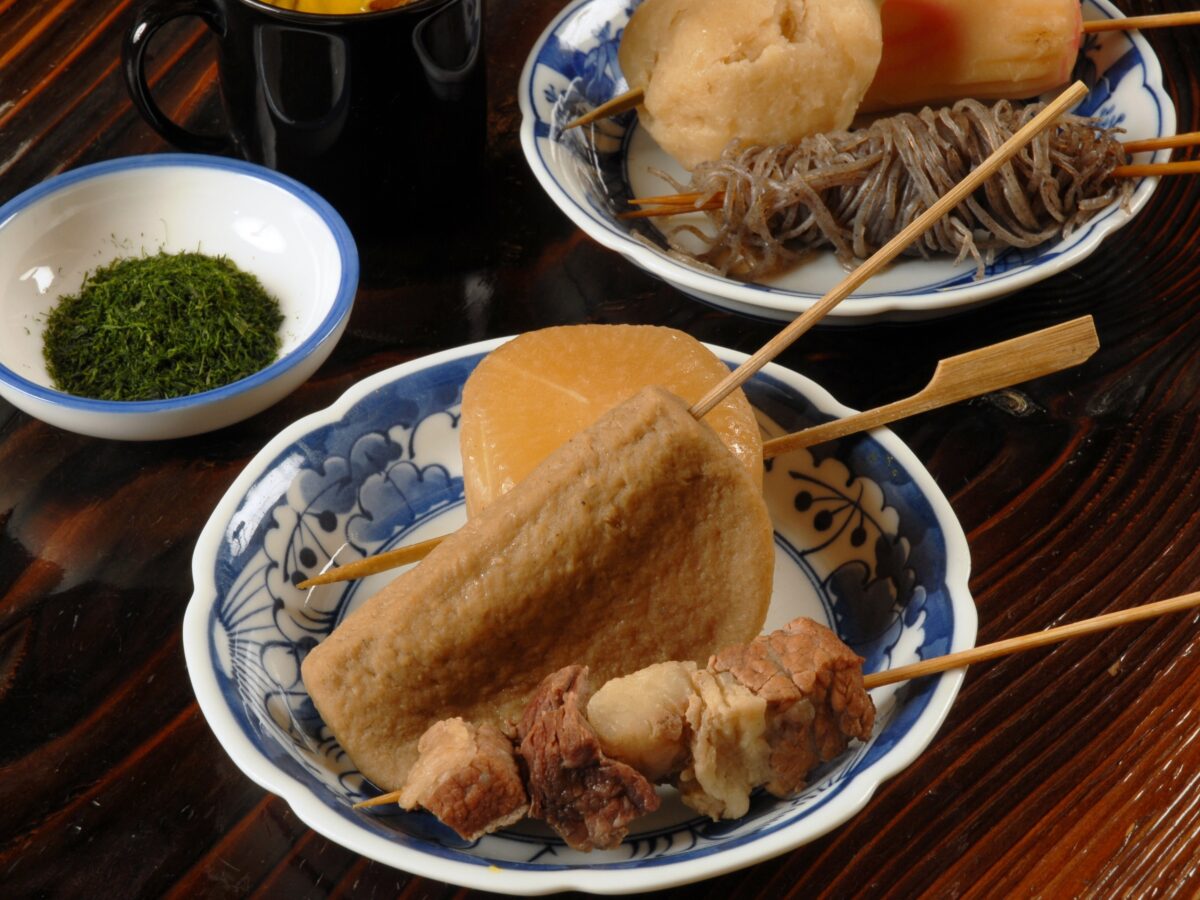Shizuoka Prefecture is home to an abundant variety of delicious local specialties, starting with Shizuoka Tea, of which Shizuoka Prefecture is a top-class producer. Seafood such as eel, Sakura shrimp and Kinmedai is abundant, and Wasabi has a long history here. There are also budget options like Shizuoka Oden and Fujinomiya Yakisoba noodles, which manage to excite the tastebuds at low cost. Among fruits, strawberries, mandarin oranges and melons are specialty products of Shizuoka Prefecture. In addition, locally brewed ake and beer made with the prefecture’s abundant water resources are now garnering attention.
We also suggest you check out some of the food items often used as gift souvenirs from Shizuoka Prefecture, exemplified by Unagipie eel pastries and Abekawa Mochi.
Recommended specialties of Shizuoka Prefecture
Table of Contents
Shizuoka Tea
Shizuoka Prefecture has been known as a tea-producing region for hundreds of years. It is said that tea cultivation in Shizuoka Prefecture began in 1244, when the Buddhist monk Shoichi Kokushi brought back tea seeds from China and planted them in Ashikubo in the northern part of Shizuoka City. Around the time of the Meiji Restoration (1868), some feudal retainers of the Tokugawa Clan moved from Edo to Shizuoka and cleared the land at the Makinohara Plain. Tea then began to be cultivated there, and is flourishing even today, with tea plantations stretching for as far as the eye can see.
In 2013, the traditional tea-grass integrated system was designated a Globally Important Agricultural Heritage System. This method is rare around the world, and consists of spreading Japanese pampas and bamboo grass on the tea plantations in order to fertilize the soil and give the tea a sophisticated flavor.
Precisely because of this background, the single word “tea” in Shizuoka can refer to many different things to be enjoyed in diverse ways. If you visit Shizuoka Prefecture, we certainly hope you will visit a tea cafe, where you can enjoy instagrammable sweets such as Western confectionery (e.g., cakes and pastries), ice cream and Japanese confectionery. You can also find various tea-themed facilities, such as the Tea Museum, Shizuoka, Grinpia Makinohara and Gyokuro no Sato, where you can learn about Shizuoka Tea and experience both tea picking and the traditional tea ceremony.
Seafood (Sakura shrimp, whitebait, tuna, bonito, Kinmedai)
Sakura shrimp and whitebait
Sakura shrimp is a precious marine product, with the only two places in the world where it can be harvested being Suruga Bay in Shizuoka and Taiwan. During the two fishing seasons, from late March to early June and late October to late December, it is possible to taste freshly caught Sakura shrimp at Yui Port in Shizuoka City. At the same time, Shizuoka’s representative seafood, whitebait, attracts many people for its delicious taste whether raw or boiled. Sakura shrimp is often enjoyed raw, deep-fried, or cooked in rice. The typical ways to eat whitebait are either boiled or laid on top of a rice bowl.
Tuna, bonito and Kinmedai
With its long coastline, Shizuoka Prefecture is a treasure trove of gourmet seafood. There are many fishing ports such as Numazu and Yaizu, so it is always possible to have some fresh fish or shellfish. Among these ports, the Port of Shimizu is particularly worth a visit. More than half of all the tuna consumed in Japan is brought to shore at the Port of Shimizu, and it also has the Shimizu Fish Market and Kashi no Ichi market which cannot be missed.
Locally caught, fresh seafood is sold wholesale at the Yaizu Fish Center in Yaizu City.
Kinmedai golden eye snappers are also famous on the Izu Peninsula, with fresh catches brought to shore in the fishing ports at Shimoda and Inatori. There are many ways to enjoy Kinmedai at local cafeterias, ryokan inns and guest houses, such as simmered in sweetened soy sauce, raw, flame-broiled or grilled.
Eel
There are several places in Shizuoka Prefecture that are known for their eel, such as Lake Hamana, Mishima and Yoshida. With a history of over 120 years, Lake Hamana is the birthplace of eel farming. That is why there are so many great eel restaurants here, some of which are frequented by people from far away. Raised in an excellent environment with a mild climate and mineral-rich spring water, Hamamatsu eel is characterized by its tender meat and delicate fat. Known for the high quality of its water and because its eel swim in the spring waters of Mt. Fuji, Mishima City is home to restaurants that have been around since the Edo Period (1603 – 1867). Due to its central position between eastern and western Japan, Shizuoka Prefecture offers eel cooked in both the Kanto style, where the fish is cut open along the back, steamed tender, and served with a light sauce, and the Kansai style, where the fish is cut open along the belly, grilled crisp, and served with a sweet sauce.
Shizuoka Wagyu beef
Shizuoka Prefecture has more to offer than just top-quality seafood. It also has a long history of producing high quality Wagyu, or Japanese beef. The Shizuoka Wagyu combines the different Japanese Black brands found within Shizuoka Prefecture. It is characterized by tender meat, a sweet taste, and elegant, marbled fat. Shizuoka Wagyu can be enjoyed in many different ways at restaurants within the prefecture, such as steak, Shabu Shabu, Sukiyaki, roast beef and Sushi.
Sake and locally brewed beers
One after another, breweries are appearing that produce original beers with particular attention paid to the water and ingredients used. There is a great variety of flavors, from Gotemba Kogen Beer, which is made with underground water from Mt. Fuji, to Numazu Craft, which is brewed using water from the river Kakitagawa, one of the three clearest rivers in Japan. Some breweries have tours, so you can see how the beer is made and have a taste. The local Shizuoka Sake brewed with the water from the southern Alps is also exquisite. You can taste it on the spot, or buy it as a gift souvenir for your friends and family back home.
Fruit (strawberries, mandarin oranges, melons and more)
Shizuoka Prefecture produces strawberries, mandarin oranges, melons and other fruits. It is especially famous for its strawberries. Many famous strawberry varieties originated in Shizuoka, such as Beni Hoppe, Akihime and Kirapika. Shizuoka strawberries are characterized by their large size and sweet taste resulting from being fully bathed in the sunlight during the long daylight hours. There are many places to go strawberry picking in the prefecture, such as Izu, the Kuno Coast in Shizuoka City and Lake Hamana. It is a popular activity among families and young people. In addition, cafes and restaurants in the prefecture offer sweet desserts made from fresh and tasty fruits, such as strawberry sundaes and melon tarts. In the summer you can get shaved ice with a rich helping of mandarin orange syrup. There is also an abundance of gift souvenir confectionery, both Western and Japanese, made with locally grown fruits. Hamamatsu City is a major producer of mandarin oranges as well as the home of the confectionery Mikkabi Seika, whose mandarin daifuku mochi is not only delicious but adorably cute as well. You can enjoy this frozen product with a satisfying crunch.
Wasabi
The traditional method of cultivating Shizuoka water Wasabi was recognized as a Globally Important Agricultural Heritage System in 2018. The Wasabi is grown up in the mountains where pure spring water is available, in terraced Wasabi fields using as little fertilizer as possible. The Wasabi absorbs the abundant nutrients contained in the water, giving it an excellent color, aroma, hotness and sweetness, leading to its use as a luxury ingredient in Japanese cooking. The health benefits of Wasabi have also been gaining attention in recent years, and we are beginning to learn that the compounds released when you grate fresh Wasabi have several beneficial properties. For example, they have antioxidants, improve blood flow and improve skin quality. Pickled Wasabi, a local delicacy made by pickling chopped Wasabi leaves, stems, and roots in Sake dregs, is one of the most popular gift souvenir items of Shizuoka. It has a long history as part of Japanese food culture that began when it was sold in Shizuoka Station, which opened over 120 years ago.
Tasty yet affordable Shizuoka specialties
Shizuoka’s local specialties include Shizuoka Oden, Hamamatsu gyoza dumplings and Fujinomiya Yakisoba fried noodles. Aoba Oden Alley and Aoba Yokocho in Shizuoka City are known as the Mecca of Shizuoka Oden, which is eaten with Dashi powder sprinkled on top, and they are gaining attention from young people as places where you can experience the retro atmosphere of the Showa Era. Hamamatsu City is home to many famous eateries serving Hamamatsu gyoza dumplings. Packed full of vegetables and not too heavy, these dumplings lend themselves well to going from one shop to another to taste and compare. The Fujinomiya City local specialty Fujinomiya Yakisoba noodles have been popular among city residents for a long time, and have attracted so much attention that they were inducted into the hall of fame at the B-1 Grand Prix, a regional gourmet contest. With their distinctively firm noodles and sardine shavings, these fried noodles are perfect for lunch, dinner, and even a snack.
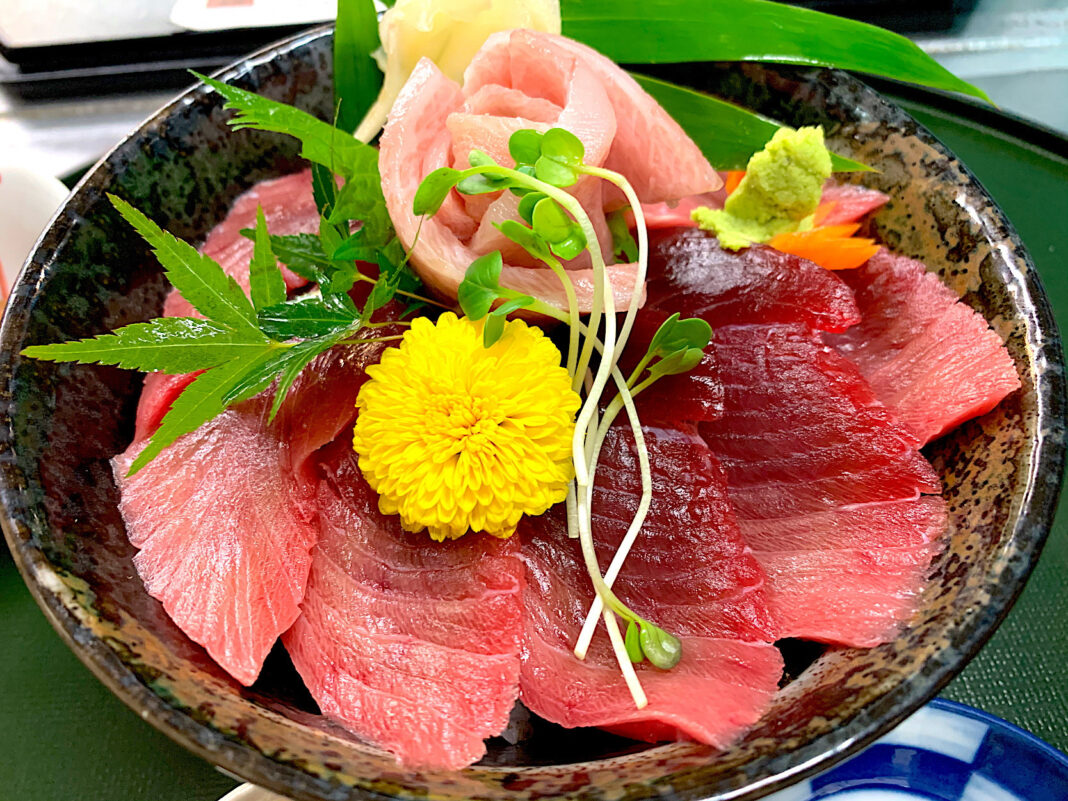
43-scaled.jpg)
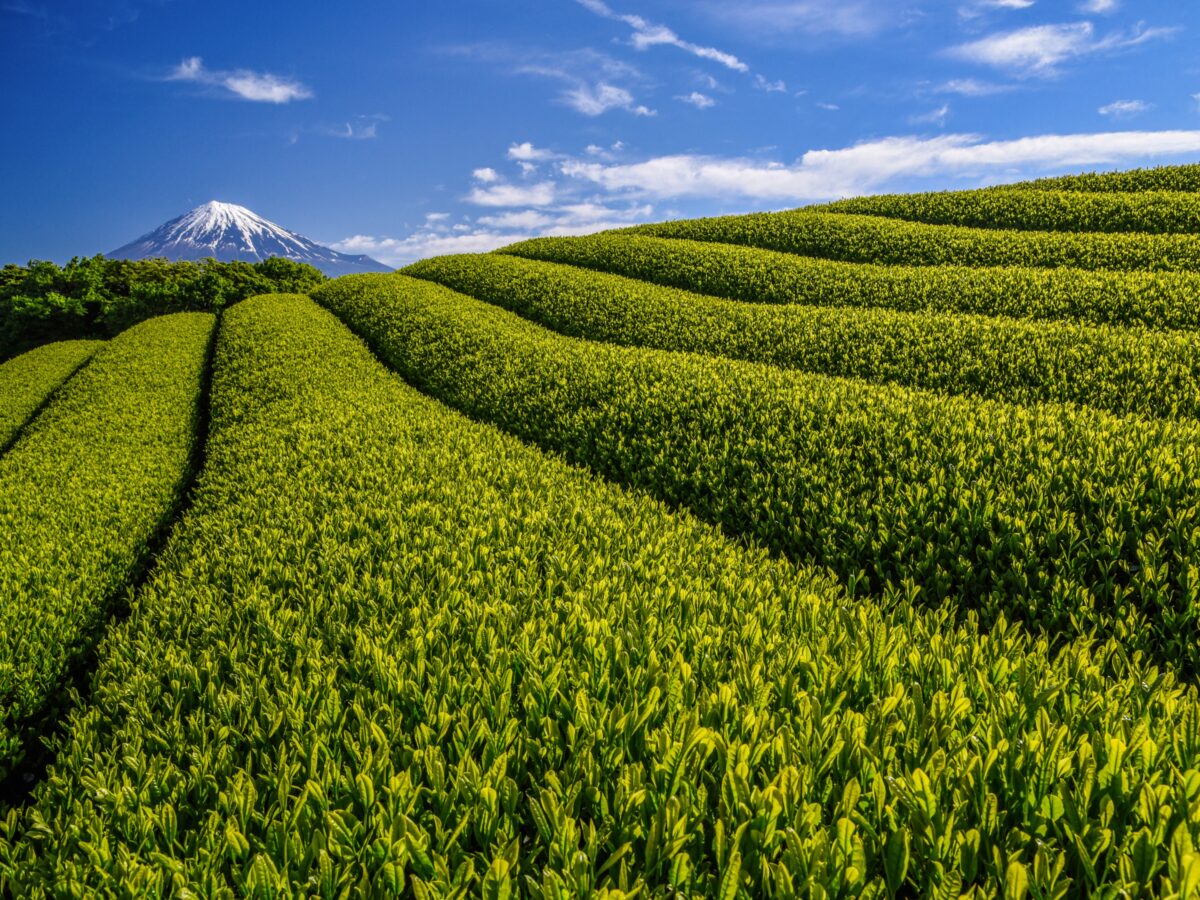


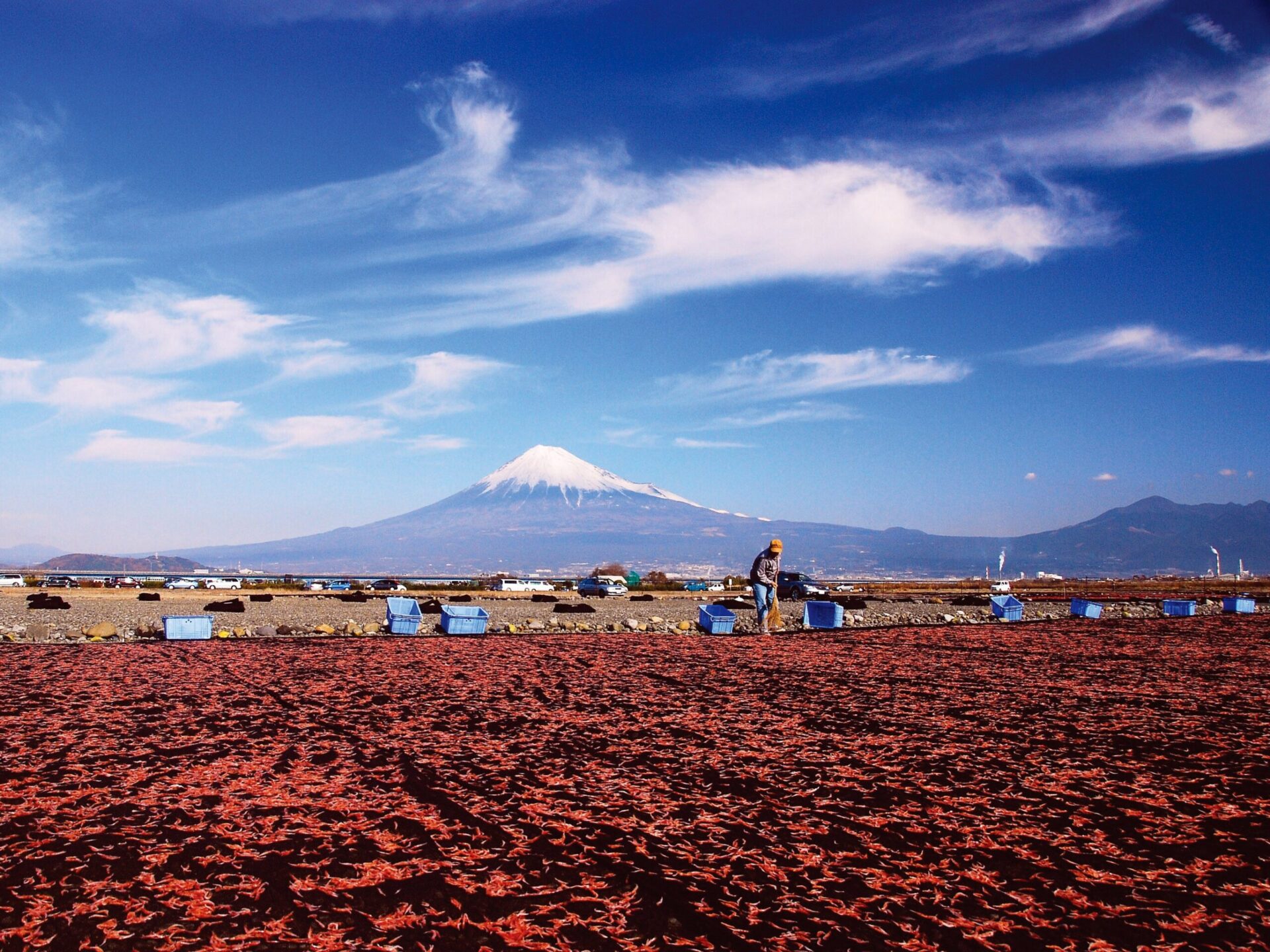
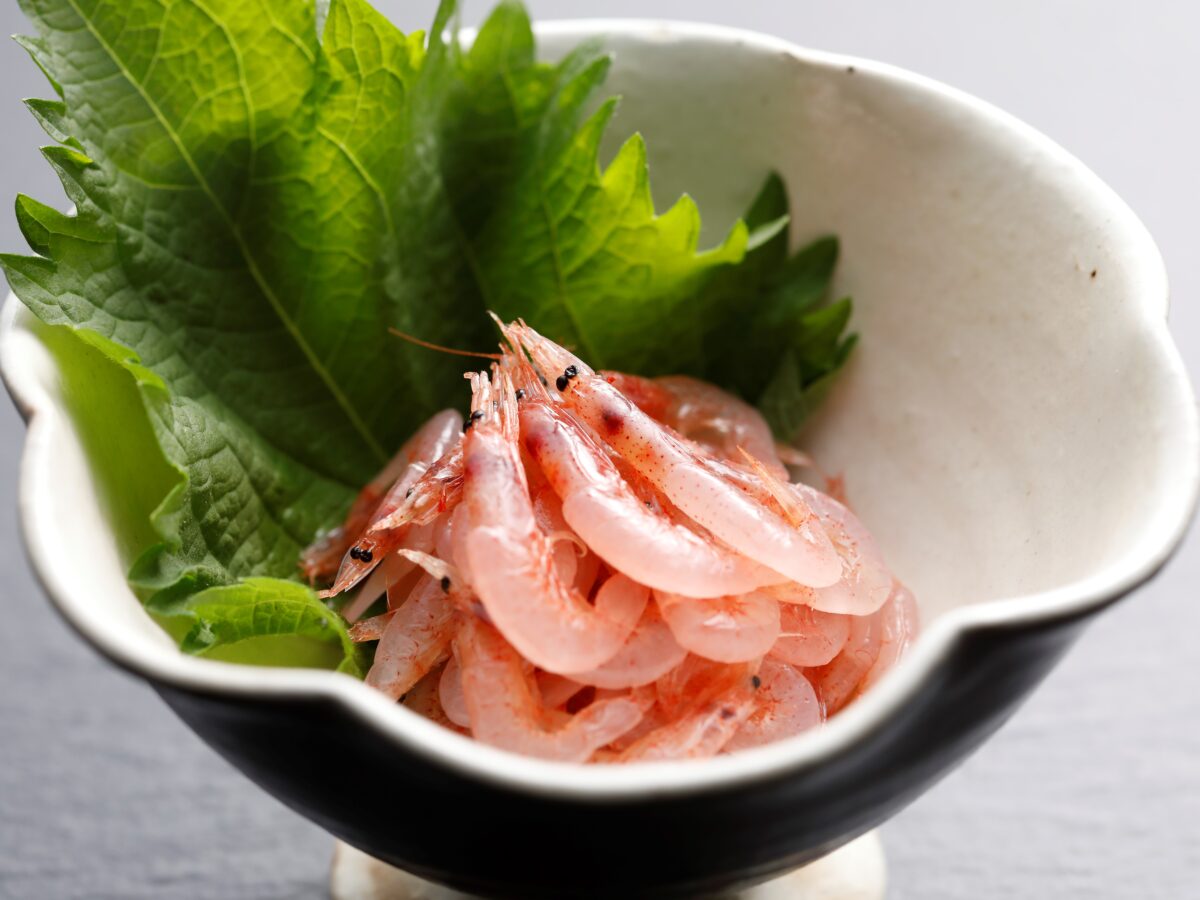
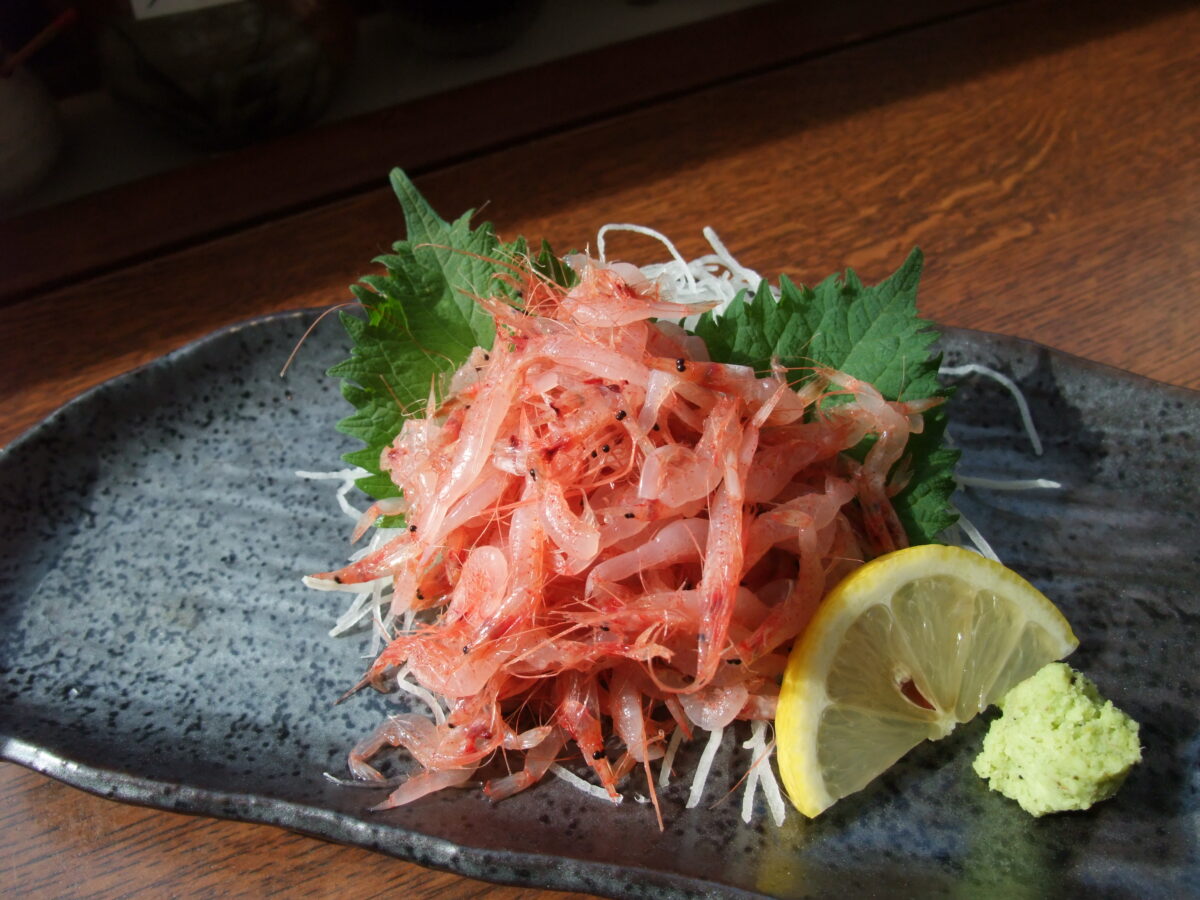
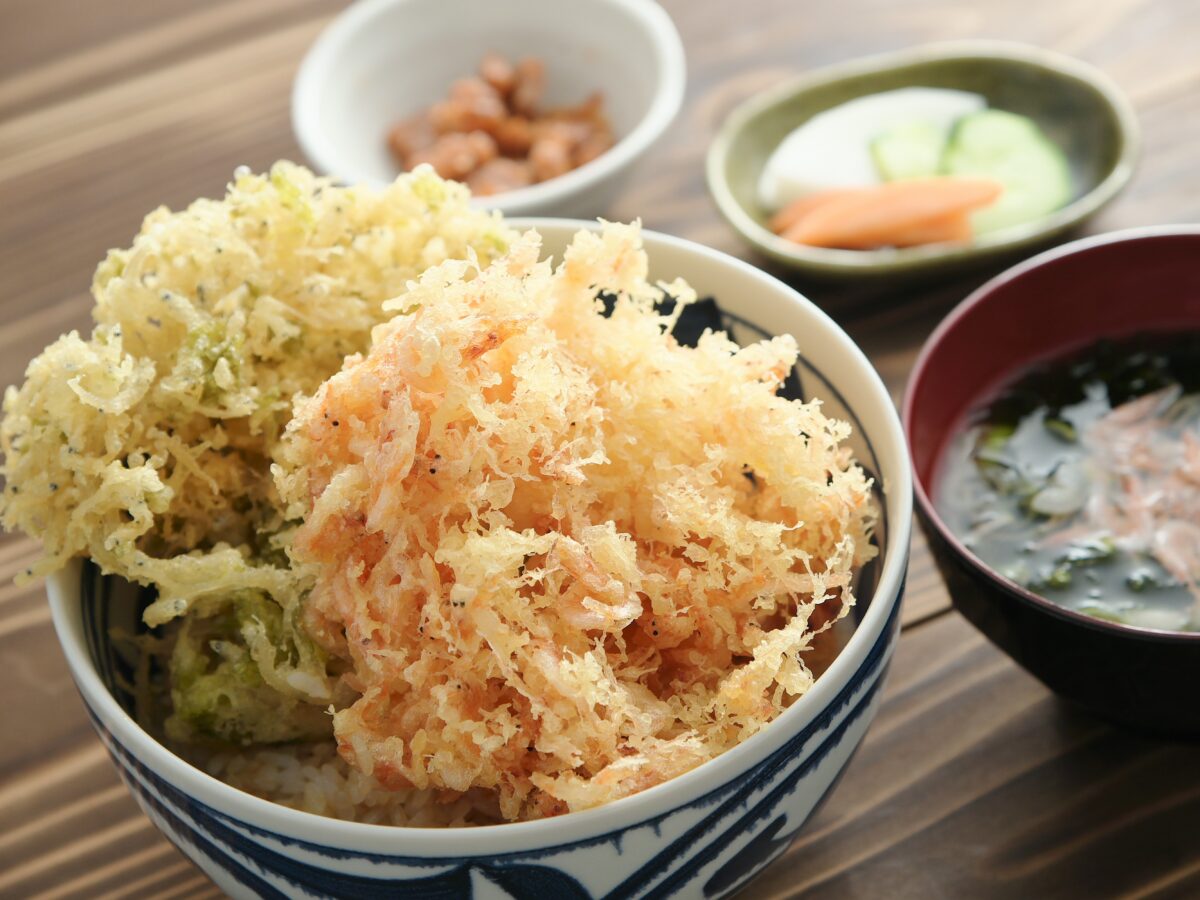
43-1200x900.jpg)
43-1200x900.jpg)


43-1200x900.jpg)
43-1200x900.jpg)
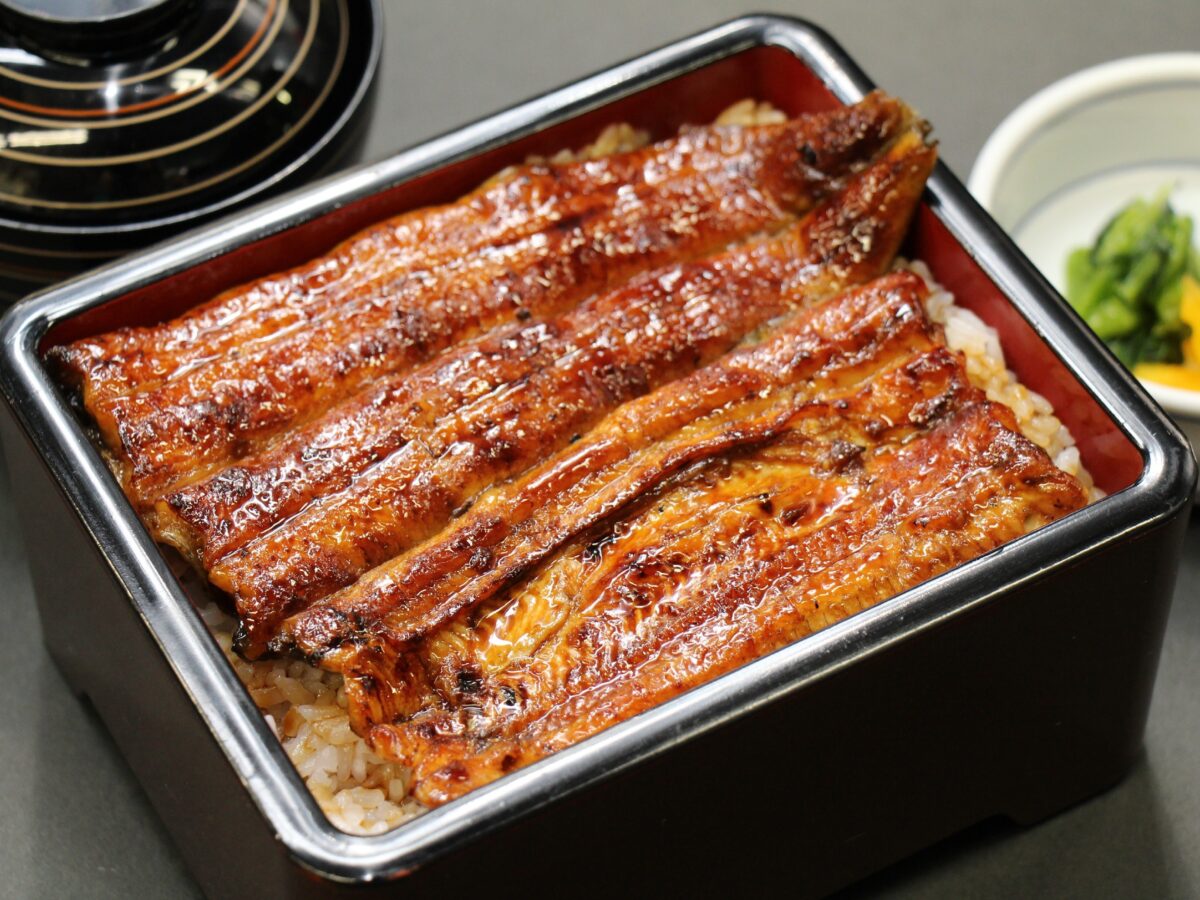
43-1200x900.jpg)
43-1200x900.jpg)
43-1200x900.jpg)

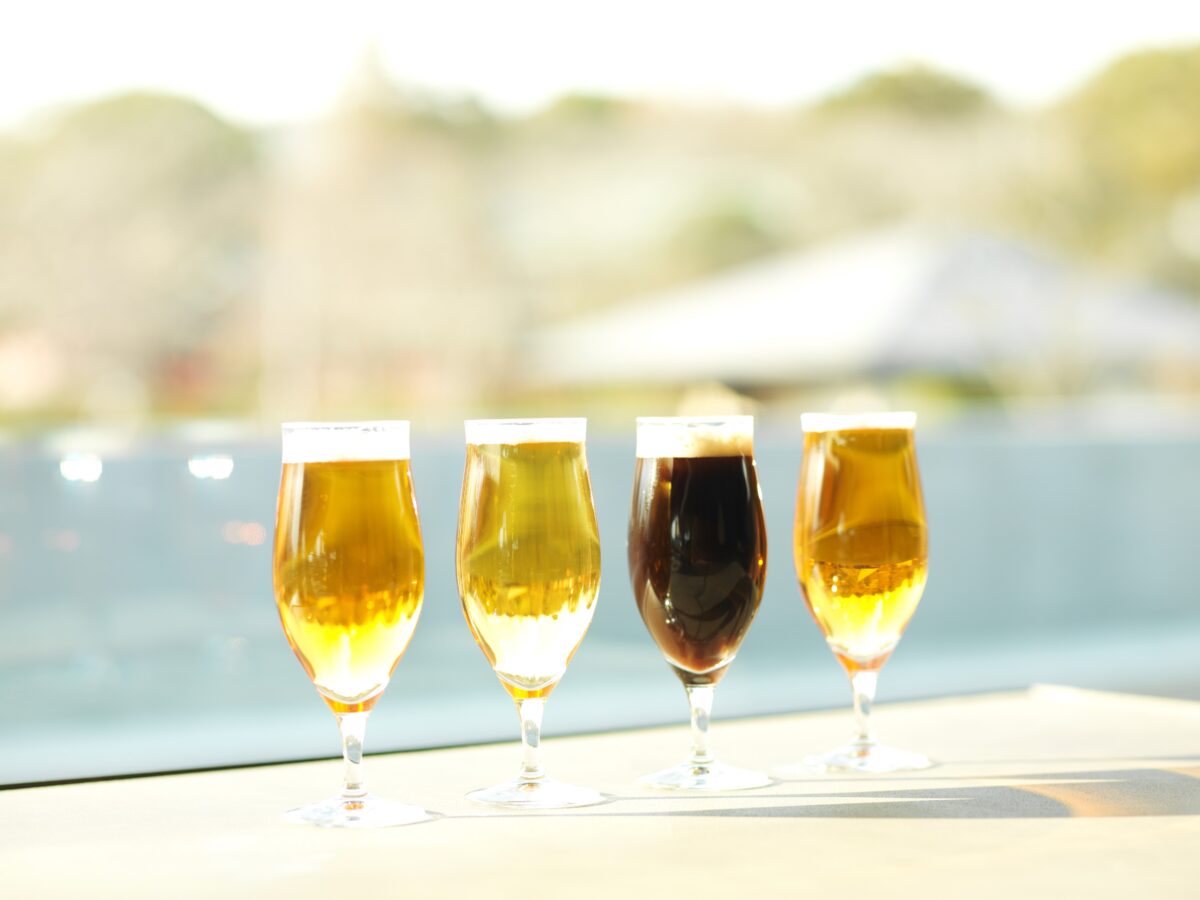
43-1200x900.jpg)
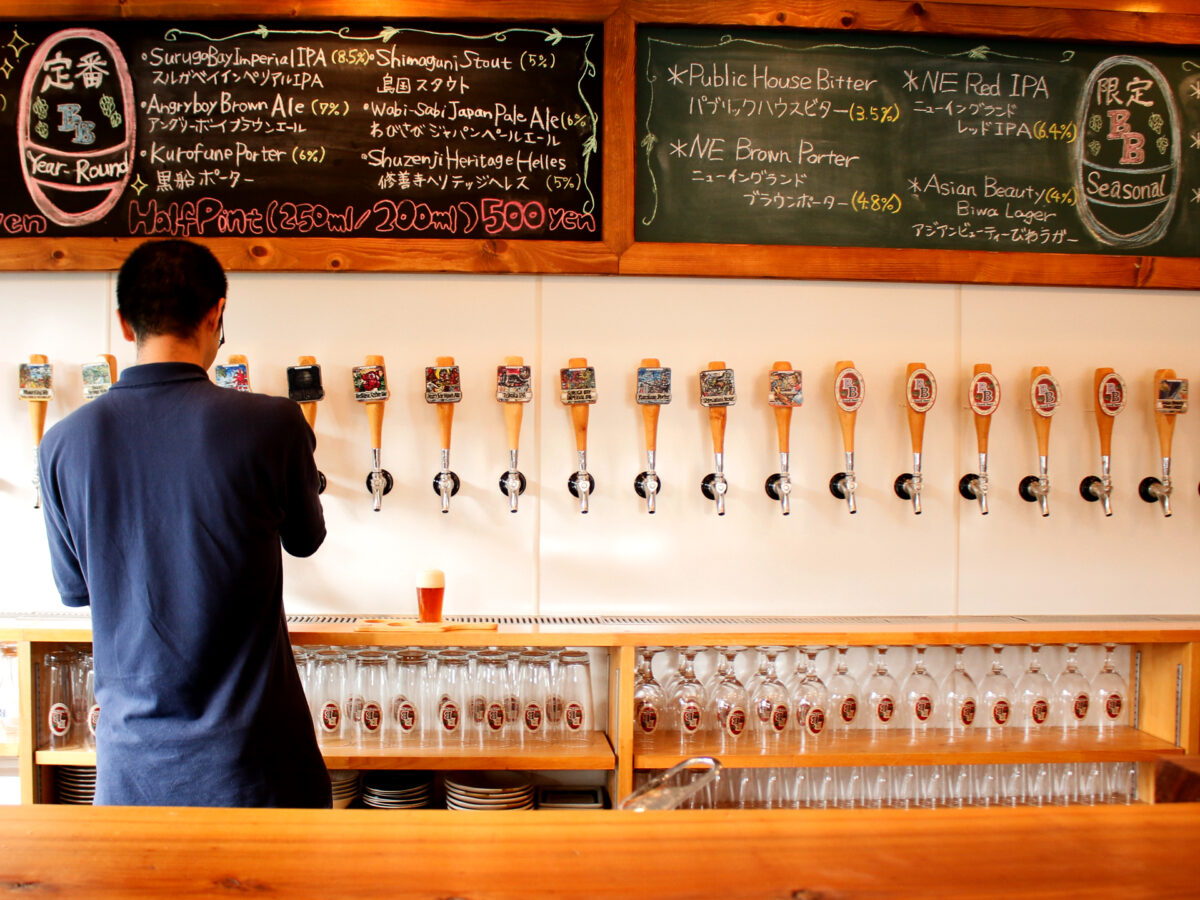


43.jpg)
43-1200x900.jpeg)
43-1200x900.jpg)
